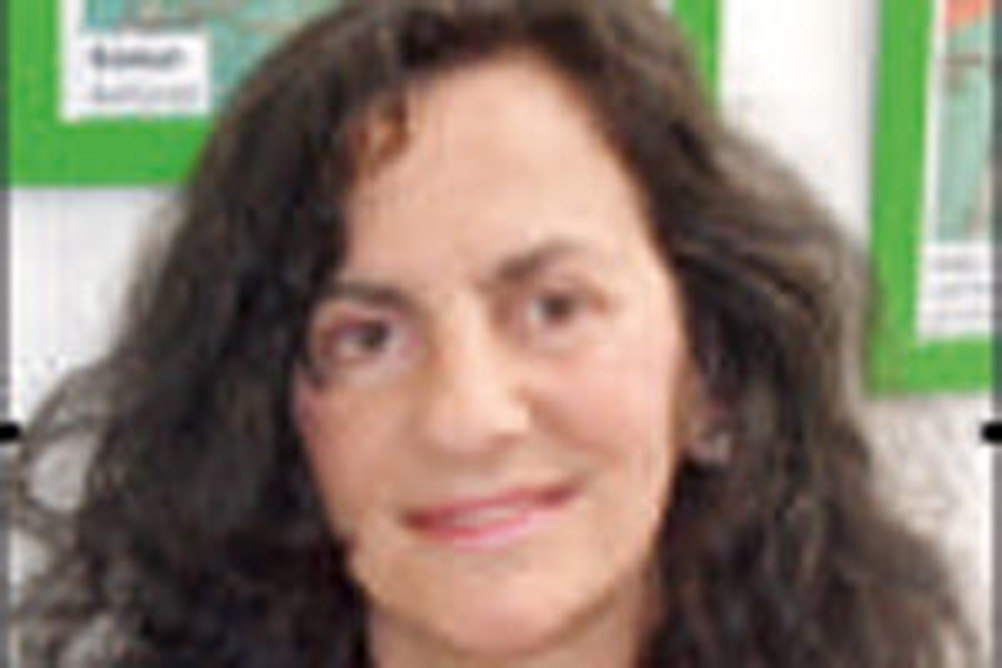
These include languages from established communities such as Punjabi, Urdu, Bengali, Cantonese, and more recently arrived languages such as Arabic, Mandarin and Polish. Increasing numbers of children are entering EYFS settings for whom English is not the dominant language in the home. In some settings, one or two languages groups are represented while in others the population is linguistically and culturally very diverse.
In the past, English as an additional language was regarded as a defined subject in education in the UK. Since the mid-1980s however, there has been no specific EAL curriculum in England and the policy is that National Curriculum English is considered to be a good model for both first and additional language learning. This policy contrasts with many other English-speaking countries where there are detailed language curricula for EAL pupils.
Register now to continue reading
Thank you for visiting Nursery World and making use of our archive of more than 35,000 expert features, subject guides, case studies and policy updates. Why not register today and enjoy the following great benefits:
What's included
-
Free access to 4 subscriber-only articles per month
-
Unlimited access to news and opinion
-
Email newsletter providing activity ideas, best practice and breaking news
Already have an account? Sign in here
